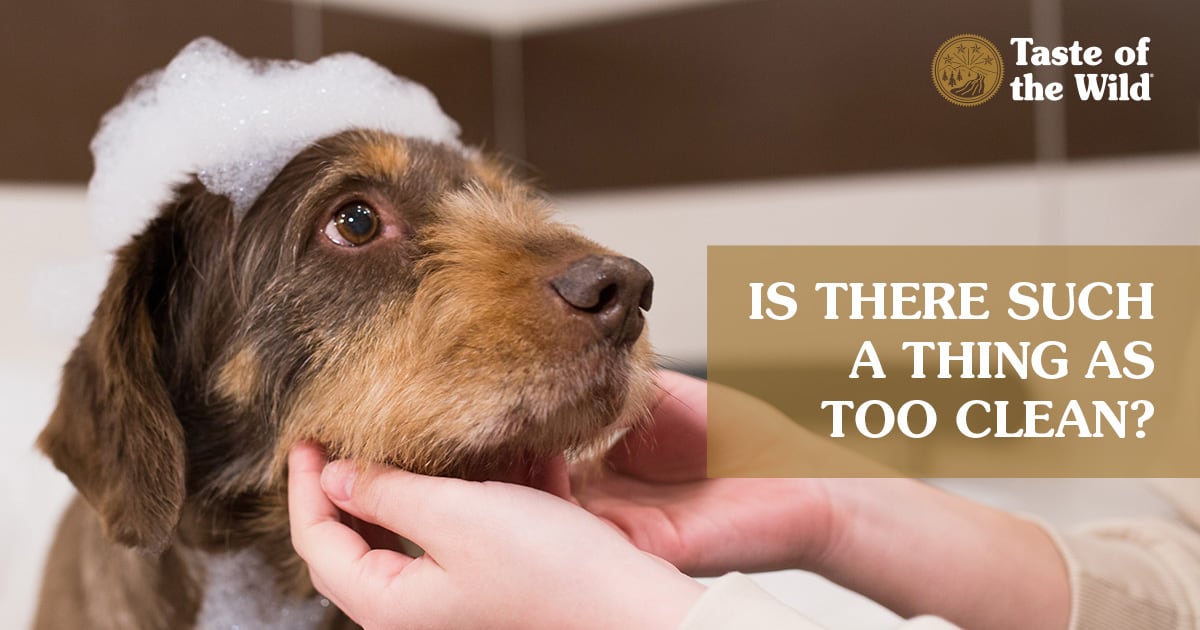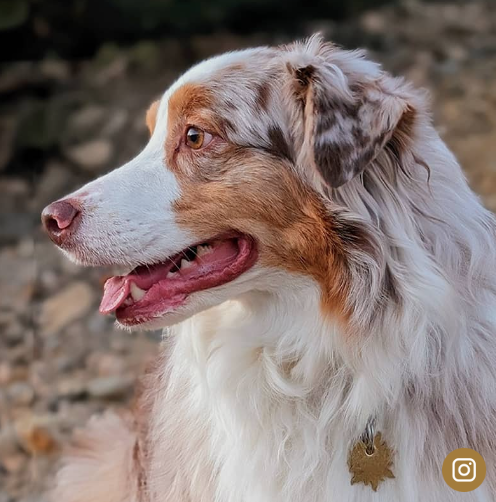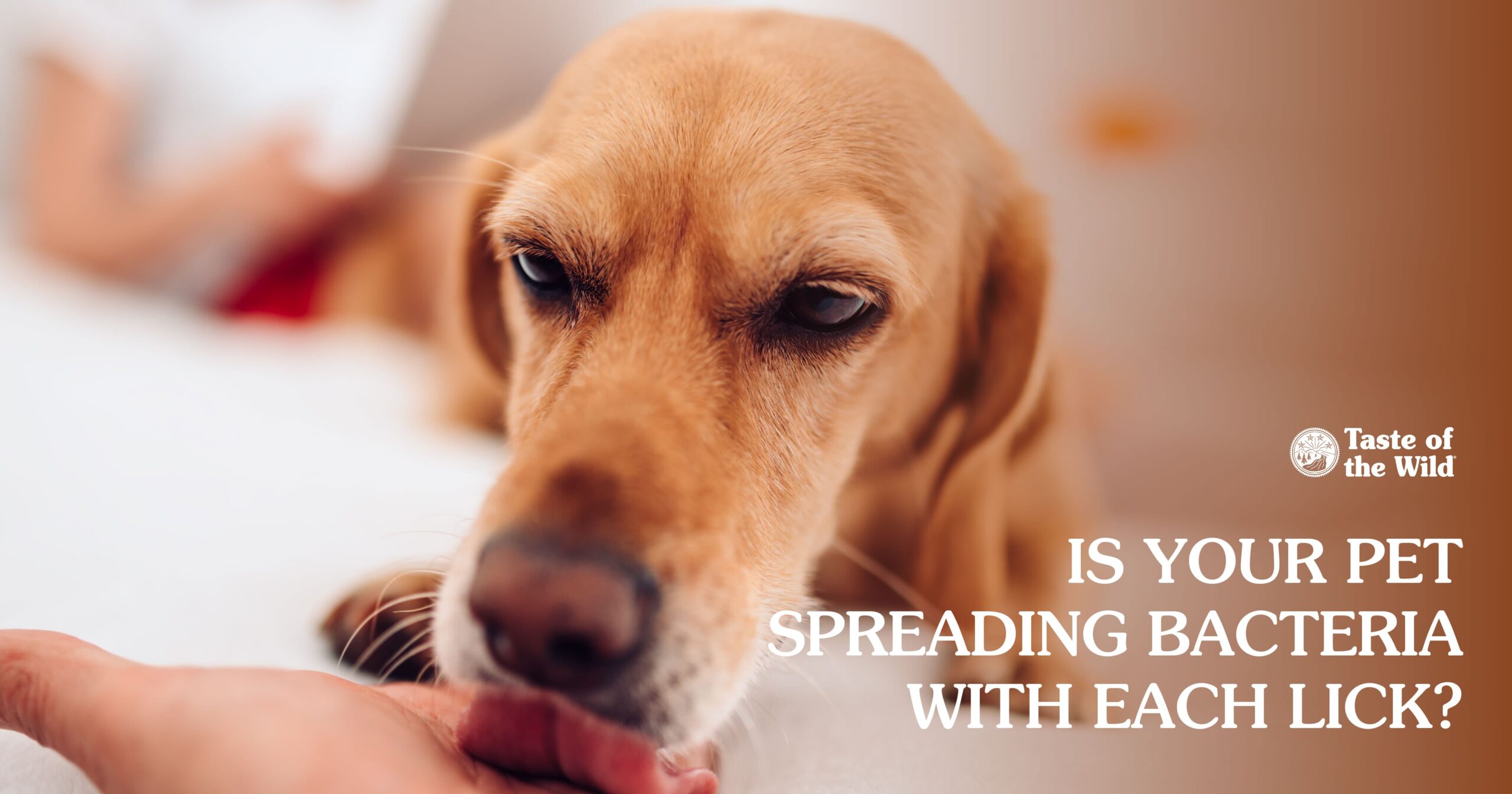How Often Should You Bathe Your Dog?
Category: Grooming & Care

Obviously, there are times when your dog definitely needs a bath — like after a morning of mud-puddle mayhem or after rolling in something that’s now unidentifiable and stiiiiinky. But if your dog isn’t covered in a smelly mess, how often should you bathe them?
Can long time intervals between baths cause health problems? If you don’t bathe your dog every month, is it unsanitary? If you bathe your canine companion too often, will they develop dry skin? Well, like many things, the answer is “it depends.”
When to Give Your Dog a Bath
Your dog’s bathing needs depend on their lifestyle, breed, type of coat and the health of their skin. Most dogs with normal skin don’t need to bathe that often, especially if they have short hair. Given that many of them groom themselves to some degree, less-frequent baths — like a bath every few months — should suffice. Obviously, if your dog loves to roll in dirt with carefree abandon or has a certain stank about them, you probably want to start bathing your dog more often.
Longer-haired dogs, as well as those with continuously growing coats such as poodles, typically need regular brushing and more frequent bathing. Professional groomers may recommend a visit every 6 to 8 weeks.
How Often Can You Bathe a Dog?
It was once believed that weekly baths or bathing dogs frequently could strip the coat of important oils and result in dry skin. But as long as you’re using the right pet shampoo, that doesn’t have to be the case (more on that later).
Dogs with skin conditions require more frequent bathing, perhaps even twice a week. The type of therapeutic shampoo will depend on the dog’s skin condition. Some medicated shampoos contain antimicrobials to help with bacterial or fungal skin infections, anti-inflammatories and anti-itch ingredients for dogs with allergies or itchy skin, and degreasing agents for other skin conditions. Medicated veterinary shampoos often contain moisturizers to help replenish natural oils for dogs that are bathed frequently.
Can You Use Human Shampoo on Dogs?
No matter how often you bathe your dog, make sure to use a dog shampoo that’s specifically designed for dogs. Since the pH of dog skin tends to be more alkaline than human skin, human shampoo, even baby shampoo, can be irritating to dogs. Some dog shampoos are specially formulated for different types of coats — thick coats, oily coats, even hairless breeds. If you have any specific questions about what’s right for your dog, ask your veterinarian.
If you have a cat in the house, be careful when using flea shampoo on your dog. Some dog flea shampoos contain ingredients that are toxic to cats. Be sure to read the label before bathing your dog.
Can You Blow Dry a Dog?
It’s important to dry your dog thoroughly after a bath to prevent tangles, skin infections and mats forming. Dogs with short hair can probably do with just being toweled dry by patting (not rubbing) them with a towel designed for dogs. But for dogs with longer fur or double coats, you may want to use a dog dryer as well to make sure they’re really dry.
Dog owners should never use a human hair dryer on a dog — they can be too hot on a dog’s skin. A specifically designed dog dryer (a forced-air dryer) uses airflow to dry the hair, not heat. You’ll need to slowly introduce the dryer to your dog, starting with it turned off, then turned on but not blowing on them and then slowly blowing air on small parts of their body at a time, but avoiding their face and ears. Make sure it’s always a positive experience for them, giving them plenty of praise, high-value treats or other rewards.
Benefits of Dog Bathing
Giving your dog a periodic bath is a good way to help keep your pup clean and freshen the scent of their coat. Plus, it’s an opportunity for you to run your fingers over their skin to check for any lumps or bumps. It may also be a good time to clean their ears — if your veterinarian approves, as cleaning dog ears isn’t always necessary.
When Can You Give a Puppy a Bath?
As a general rule, you can start bathing your puppy after they are 8 weeks old, which is when their body has the ability to regulate temperature and they won’t get too hot or cold. While getting your pup clean, make bath time fun and relaxing. That way, future you won’t be dealing with a scared, anxious adult dog that needs a bath.
Is your dog’s coat due for a spring cleaning? If so, check out more grooming tips and tricks in our guide to pet grooming.
The information in this blog has been developed with our veterinarian and is designed to help educate pet parents. If you have questions or concerns about your pet’s health or nutrition, please talk with your veterinarian.




